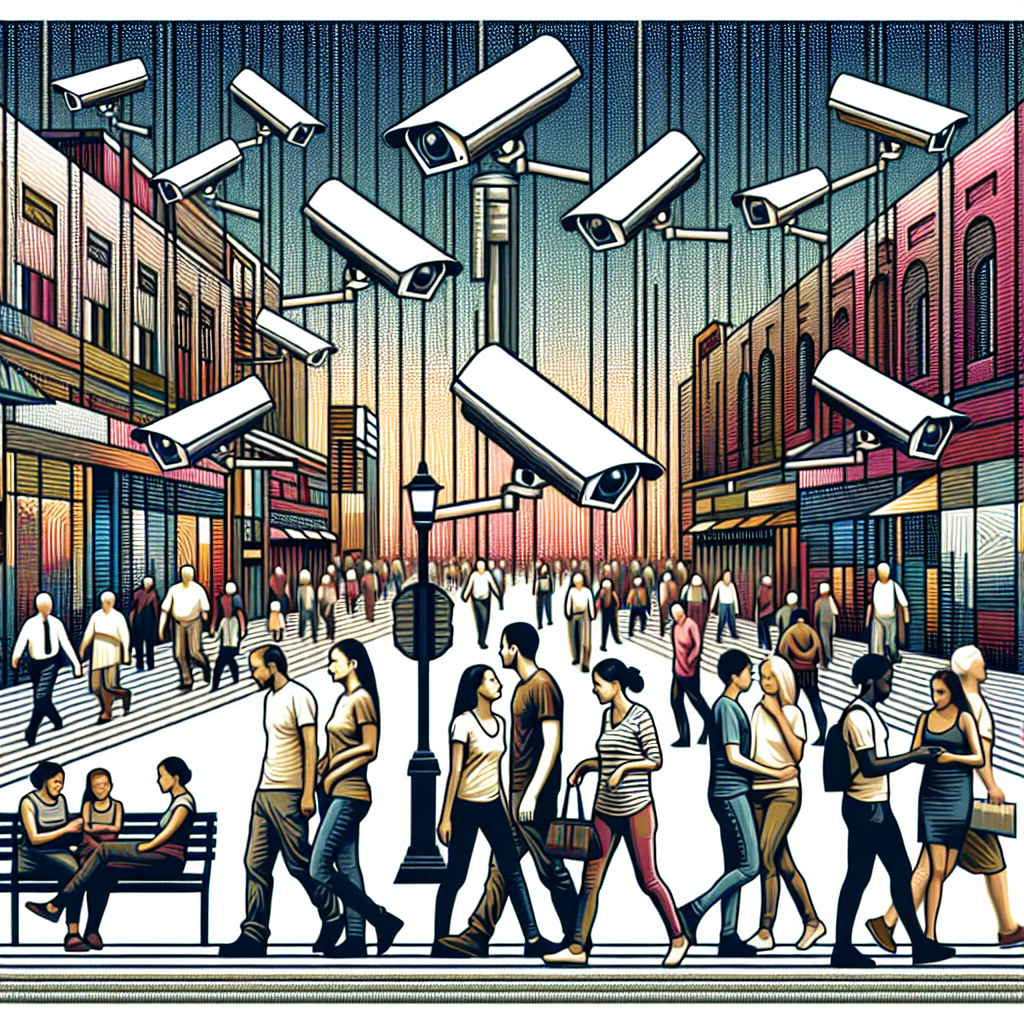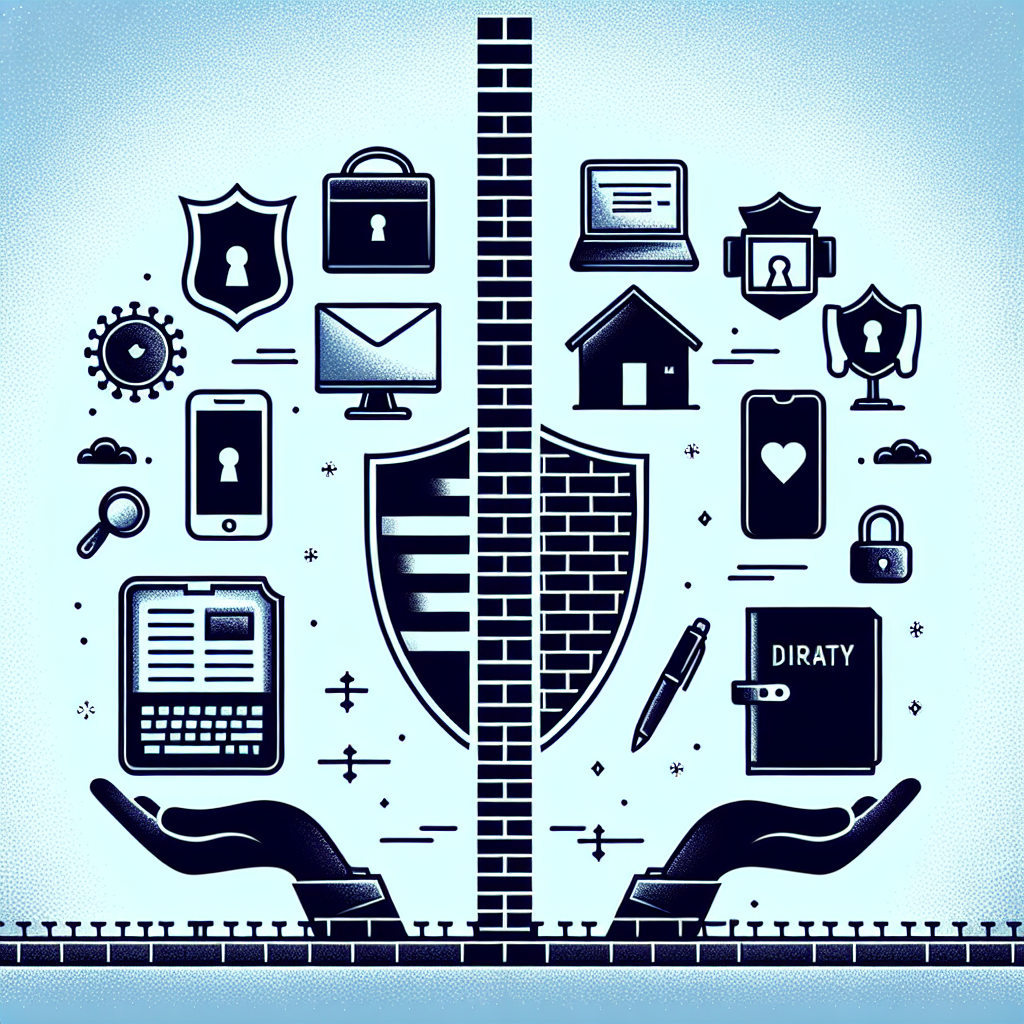Understanding Government Monitoring
Scope and Scale of Observational Practices
The global landscape of government monitoring encapsulates a diverse array of surveillance practices employed by nations to monitor their citizens, ostensibly for national security, crime prevention, and public safety. This multi-faceted approach can be broken down into several categories, including digital surveillance, public surveillance, and offline monitoring tactics.
Digital Surveillance: A Growing Concern
Digital surveillance has become one of the most pervasive forms of government monitoring. With the advent of advanced technology, governments can now track online activities through data mining, metadata analysis, and digital background checks. Countries like the United States, China, and the United Kingdom have established extensive frameworks that allow for the surveillance of internet usage, social media interactions, and communications.
Key Techniques:
-
Data Harvesting: Governments collaborate with tech companies to access user data, enabling them to paint detailed digital profiles of individuals.
-
Social Media Monitoring: Platforms such as Facebook and Twitter have become key targets for monitoring, whereby agencies analyze posts and interactions for signs of unrest or dissent.
-
CCTV and Facial Recognition: Cities are increasingly employing CCTV systems equipped with facial recognition technology to identify individuals in real-time.
Public Surveillance Systems
Public surveillance has shifted dramatically with technological advancements. Big cities often install thousands of cameras to monitor public spaces. This practice raises significant questions about privacy and civil liberties.
Implementation Strategies:
-
Integrated Networks: Many urban areas utilize integrated surveillance networks that link various types of cameras and sensors, enhancing monitoring capabilities and enabling quicker responses to incidents.
-
Smart Cities and IoT Integration: The proliferation of smart city technology has bolstered surveillance efforts. Internet of Things (IoT) devices—including traffic cameras and smart streetlights—are increasingly connected to monitoring systems.
Legislative Frameworks Surrounding Monitoring
The legal backdrop governing government surveillance varies significantly across different regions. Countries often establish laws to regulate how monitoring can be conducted and what data can be collected.
Legislation Examples:
-
USA PATRIOT Act (USA): Post-9/11, this act expanded government surveillance powers, allowing for easier access to personal data across various sectors.
-
General Data Protection Regulation (GDPR) (EU): While challenging state surveillance, GDPR imposes strict guidelines on data handling and privacy rights, creating a complex relationship between government monitoring and citizen rights.
-
China’s Social Credit System: This system integrates surveillance and social monitoring, assigning citizens scores based on behavior, which can affect access to services and opportunities.
Motivations Behind Surveillance: National Security vs. Control
Government monitoring often revolves around two core motivations—national security and population control. Increased surveillance is frequently justified in the name of security, particularly in the wake of terrorist threats.
National Security Perspective:
- Tracking potential threats through intelligence gathering and data analysis enhances the ability of governments to respond proactively.
Population Control Perspective:
- Authoritarian regimes often utilize surveillance to suppress dissent. In countries like North Korea and Iran, government monitoring is a foundational tool for enforcing compliance and restricting freedoms.
Public Perception and Response to Surveillance
Perception of surveillance is nuanced. While many citizens acknowledge the need for security, concerns about privacy, data misuse, and civil liberties frequently emerge.
Shifting Attitudes:
-
Increased Awareness: High-profile data breaches and revelations (e.g., Edward Snowden’s disclosures) have elevated public scrutiny of government monitoring practices.
-
Privacy Advocacy Movements: Organizations like the Electronic Frontier Foundation (EFF) and Privacy International actively campaign against invasive monitoring, pushing for greater accountability and transparency.
Technological Advances in Surveillance
Rapid technological growth continually shapes surveillance methods. Innovations in artificial intelligence and machine learning enhance government monitoring capabilities significantly.
Emerging Technologies:
-
Artificial Intelligence: AI algorithms can process vast amounts of data far more efficiently than human analysts, enabling real-time insights into citizen behavior.
-
Predictive Policing: This advanced technique employs algorithms to predict potential criminal activity based on historical data, raising ethical questions about bias and discrimination.
International Disparities in Monitoring Practices
Around the globe, monitoring practices reflect varying political systems, cultural attitudes towards privacy, and resource availability.
Comparative Analysis:
-
Democratic vs. Authoritarian Regimes: Democratic countries often face public pushback against excessive surveillance, while authoritarian regimes may implement rigorous monitoring with little public recourse.
-
Technological Disparities: Developed nations typically have access to more advanced surveillance technologies, while developing nations may struggle with outdated systems, raising concerns about effectiveness and human rights implications.
The Future of Government Monitoring
As technologies evolve, the future landscape of government monitoring remains unpredictable. Balancing security needs with civil liberties will be a pivotal challenge.
Potential Directions:
-
Stricter Regulations: International and local pressure may inspire more stringent privacy protections and regulations surrounding data collection and usage.
-
Public Conversations: Ongoing dialogues about surveillance ethics, transparency, and citizen rights will shape the frameworks used by governments moving forward.
-
Technology Transparency: There will be increasing demands for governments to disclose how surveillance technology is used, including the collection methods and purposes of the data retained.
Ethical Questions Surrounding Monitoring Practices
The growing prevalence of surveillance raises serious ethical questions. The implications of monitoring on civil liberties, public trust, and social integrity usher in a new era of ethical considerations.
-
Consent: The concept of consent plays a crucial role; citizens often remain unaware of the extent to which they are monitored, challenging fundamental notions of freedom and personal autonomy.
-
Data Misuse: With increasing data collection comes the risk of misuse, where sensitive information could be manipulated for political or commercial gain.
Impact on Daily Life
The ramifications of government monitoring extend to everyday life, influencing how individuals interact with technology, their government, and each other.
-
Behavioral Changes: Knowing that one is being monitored often shapes behavior, leading to self-censorship and reduced freedom of expression among citizens.
-
Trust in Institutions: The level of surveillance can significantly impact the public’s trust in governmental institutions, which can either enhance feelings of safety or breed suspicion and fear.
Technological Countermeasures
As government monitoring scales up, so does the development of technology designed to protect privacy. Tools and methods aimed at circumventing government surveillance are gaining traction.
-
Encryption Tools: Applications like Signal and ProtonMail utilize end-to-end encryption to safeguard communications from potential surveillance.
-
VPN Services: Virtual Private Networks offer users ways to mask their online activities, providing a shield against digital monitoring.
-
Privacy-Centric Browsers: Browsers like Tor allow users to browse anonymously, raising concerns among governments trying to track online behaviors.
Conclusion: The Balancing Act Ahead
Navigating the complex realities of government monitoring presents a continuous balancing act between the imperatives of security and the preservation of individual rights. The evolving landscape of surveillance demands ongoing scrutiny, civic engagement, and public discourse to ensure accountability and protect civil liberties in the digital age. Each new technology and policy shift invites fresh discussions on how to maintain both safety and privacy, reminding society of the delicate interplay between power and freedom in an increasingly monitored world.













Leave a Reply